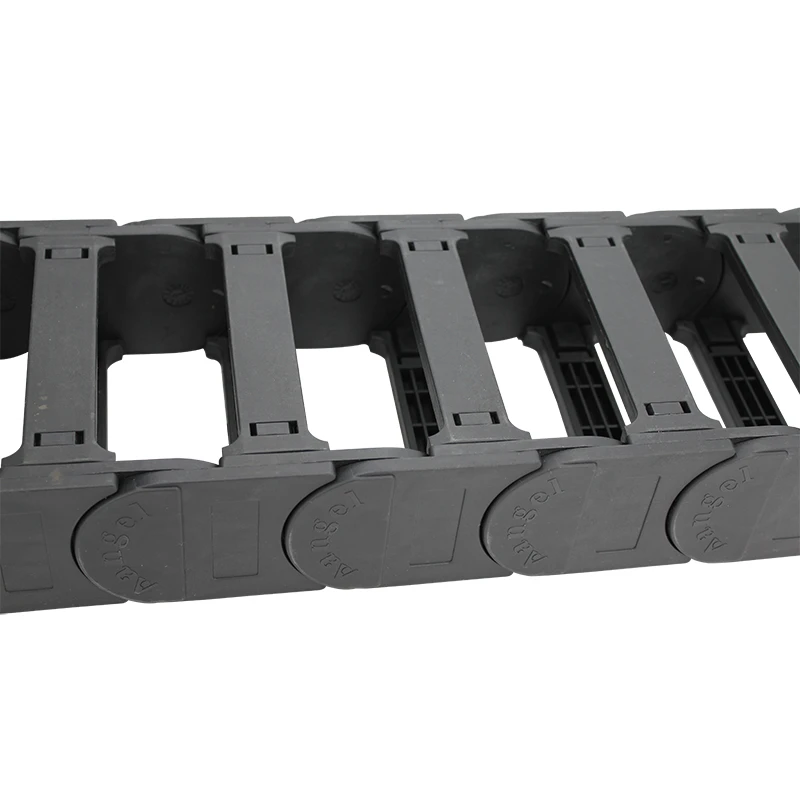synchronous belt vs timing belt
Synchronous Belt vs. Timing Belt Understanding the Differences
When it comes to mechanical systems, particularly in the automotive and manufacturing industries, belts play a crucial role in the reliability and efficiency of machinery. Two common types of belts that often come up in discussions are synchronous belts and timing belts. While they may sound similar and are frequently used interchangeably, there are distinct differences that set them apart in terms of design, functionality, and application.
What is a Synchronous Belt?
A synchronous belt, often referred to as a synchronous timing belt, is a type of belt that is designed to transfer motion between shafts while maintaining precise timing. These belts feature teeth that fit into corresponding grooves on the pulleys, allowing for a positive engagement. This design prevents slippage and ensures that the rotational position is accurate, making synchronous belts highly effective for applications where timing is critical.
Commonly made from rubber and reinforced with fibers for added strength, synchronous belts are used in various machines, including conveyor systems, robotic arms, and even in some automotive engines. Their ability to transmit power efficiently and with minimal noise makes them a favored choice for many manufacturers.
What is a Timing Belt?
A timing belt is a specific type of synchronous belt that is primarily used in automotive engines. Like synchronous belts, timing belts also have teeth designed to mesh with the gears of the camshaft and crankshaft, ensuring that the engine's valves open and close at the right intervals. This is crucial for maintaining engine performance, efficiency, and longevity.
synchronous belt vs timing belt

Typically made of high-quality rubber compounds, timing belts may include reinforcements to enhance their durability and strength. Unlike other belts that may also serve to transfer power, timing belts focus primarily on maintaining the precise timing of engine components, which is why they are integral to the function of many internal combustion engines.
Key Differences
While both synchronous belts and timing belts serve to synchronize motion, their applications and design specifics differentiate them. The primary distinction lies in their usage synchronous belts are broader in application across various machinery, while timing belts have a specialized role in automotive engines.
Another difference is the materials used. Timing belts often utilize higher-grade materials to withstand the harsh conditions of an engine compartment, such as heat and oil exposure. Synchronous belts may not need to endure the same levels of stress and may therefore employ different material compositions.
Conclusion
In summary, while synchronous belts and timing belts share similarities in their function of synchronizing motion, their applications, materials, and design specifics set them apart. Understanding these differences is crucial for engineers and manufacturers when selecting the appropriate belt for their specific needs. Whether it’s for a complex automotive engine or a simple conveyor system, choosing the right belt can significantly affect the overall performance and longevity of the machinery in question. As technology continues to evolve, so too will the designs and materials used in synchronous and timing belts, ensuring enhanced performance and reliability across a variety of sectors.








